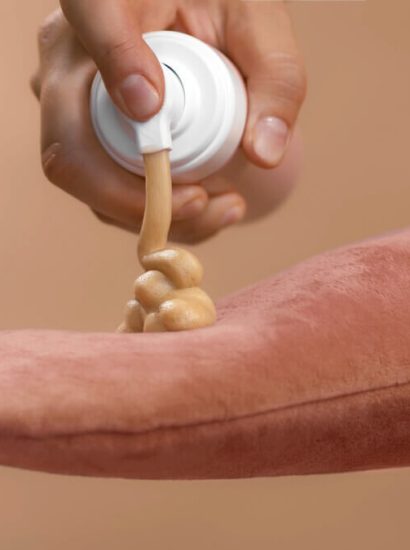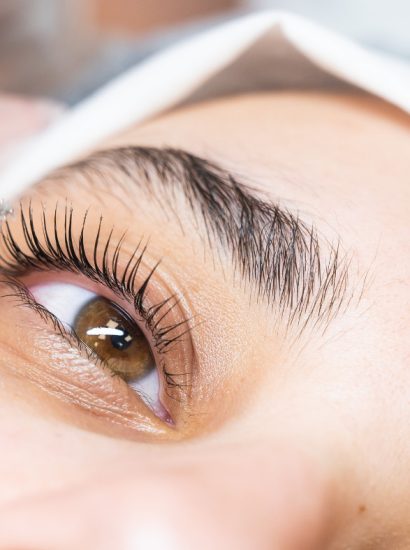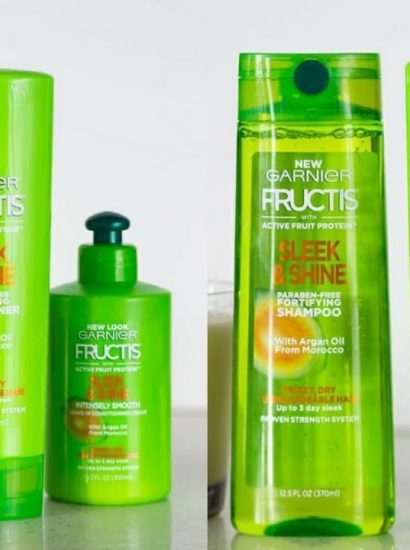For those who battle with oily skin daily, oil control film is more than just a skincare product—it’s a game-changer. Also known as blotting paper or blotting sheets, these thin, absorbent papers help soak up excess oil without disturbing your makeup or drying out your skin. However, to get the best results, it’s not just about using them—it’s about using them effectively.
In this guide, we’ll dive deep into 9 expert tips that will help you maximize the effectiveness of oil control film, avoid common mistakes, and keep your skin fresh and shine-free all day.
1. Choose the Right Type of Oil Control Film for Your Skin
Not all oil control films are created equal. Some are made of rice paper, others use natural fibers or polymer-based materials. Some even include ingredients like green tea, charcoal, or salicylic acid.
Pro Tip:
For sensitive skin: Go for fragrance-free, dye-free rice paper options.
For acne-prone skin: Choose films with charcoal or salicylic acid for added antibacterial benefits.
For heavy oiliness: Look for polypropylene film versions, which absorb oil more efficiently.
2. Blot—Don’t Rub
One of the biggest mistakes people make is rubbing the oil control film over their face. This not only spreads the oil but can also irritate your skin and disturb your makeup.
How to do it right:
Gently press the sheet against oily areas (like your forehead, nose, and chin) and hold for 3–5 seconds.
Then lift it off and move to another oily spot.
This technique absorbs oil without stripping your skin or smudging your makeup.
3. Use Oil Control Film Before Makeup for a Matte Base
You don’t have to wait until your face is greasy to use oil control film. Use it before applying makeup, especially if you have oily skin.
Why it works:
By removing excess oil before applying primer or foundation, you create a more matte, even base. This helps your makeup adhere better and stay in place longer.
4. Combine with a Setting Powder for Long-Lasting Control
Oil control film is great for removing excess oil, but if you want to stay shine-free for hours, combine blotting with a translucent setting powder.
How to do it:
- Blot with oil control film to remove surface oil.
- Lightly dust translucent powder on the T-zone to lock in the matte effect.
This method helps prevent mid-day shine and makeup breakdown.
5. Don’t Overuse—Once or Twice a Day Is Enough
While it’s tempting to use oil control film every time you spot shine, overuse can strip away natural oils your skin needs, triggering rebound oiliness.
Expert Advice:
Limit usage to once or twice a day.
If you’re still oily, switch to an oil-free moisturizer or mattifying primer rather than over-blotting.
6. Target the T-Zone First
Your T-zone (forehead, nose, chin) typically produces more oil than the rest of your face. Prioritize this area when using oil control film.
Why:
Over-blotting cheeks and under-eye areas can lead to dryness or irritation, especially if those areas are naturally less oily.
Pro Tip: Start with the nose, then move to the forehead and chin.
7. Keep Oil Control Film in a Clean, Dry Container
Since oil control film is used directly on your face, it must be kept clean and sanitary. Avoid storing it loosely in your bag where it can pick up bacteria and dirt.
What to do instead:
Use a dedicated film dispenser or a resealable packet.
Wash your hands before use to avoid transferring bacteria to your face.
8. Use It as a Midday Refresher, Not a Cleanser Substitute
Oil control film is great for quick touch-ups, but it’s not a replacement for cleansing your face.
Avoid:
Using it to remove makeup or dirt buildup.
Going to bed without washing your face after using blotting sheets during the day.
Instead:
Use it to refresh your look between meetings, before photos, or after meals.
Follow up with proper cleansing at night.
9. Try Oil Control Film in Hot and Humid Weather
Oil control film shines (pun intended) during hot, humid months when sweat and oil production spike. It’s a must-have for your summer or travel skincare kit.
Pro Travel Tip:
Keep a small pack in your purse, car, or desk drawer.
Use it before important events or whenever you need to look polished.
Bonus: Some brands offer cooling or mattifying versions with ingredients like mint or tea tree oil—perfect for tropical climates.
10. Know When to Replace Your Oil Control Film Pack
Like all skincare products, oil control film has a shelf life. Using expired film can cause breakouts or simply be ineffective.
Check for:
Change in smell or color
Stiff or overly dry sheets
Open packets sitting too long
General Rule: Replace your pack every 6–12 months or sooner if used regularly.
Conclusion: Shine-Free Skin Is All About Smart Use
Oil control film is a simple yet powerful tool in your skincare routine. But like any product, results depend on how you use it. From choosing the right type to applying it correctly and avoiding overuse, these 9 expert tips can help you maximize its benefits without compromising your skin’s natural balance.
Whether you’re headed to work, a wedding, or just want to feel more confident on a humid day, oil control film gives you the quick fix you need—without the fuss.
FAQs About Oil Control Film
1. Can oil control film cause acne?
Not directly, but using dirty sheets, rubbing too hard, or skipping cleansing can lead to clogged pores. Always use clean sheets and follow up with proper skincare.
2. Is oil control film better than blotting paper?
They’re often used interchangeably, but oil control film (typically made from synthetic materials) is more effective at absorbing oil without tearing or leaving residue compared to traditional paper versions.
3. Can I use oil control film on bare skin?
Yes! In fact, using it on bare skin before applying makeup is one of the best ways to prep oily areas.
4. How many times a day should I use oil control film?
Ideally, 1–2 times a day is enough. Overusing it can remove necessary oils and irritate your skin.
5. Will oil control film remove my makeup?
Not if used correctly. Press gently—don’t wipe or drag the film—to absorb oil without disturbing your foundation or powder.
Also read : Cover Grey Hair: 10 Salon Treatments for Long-Lasting Results





